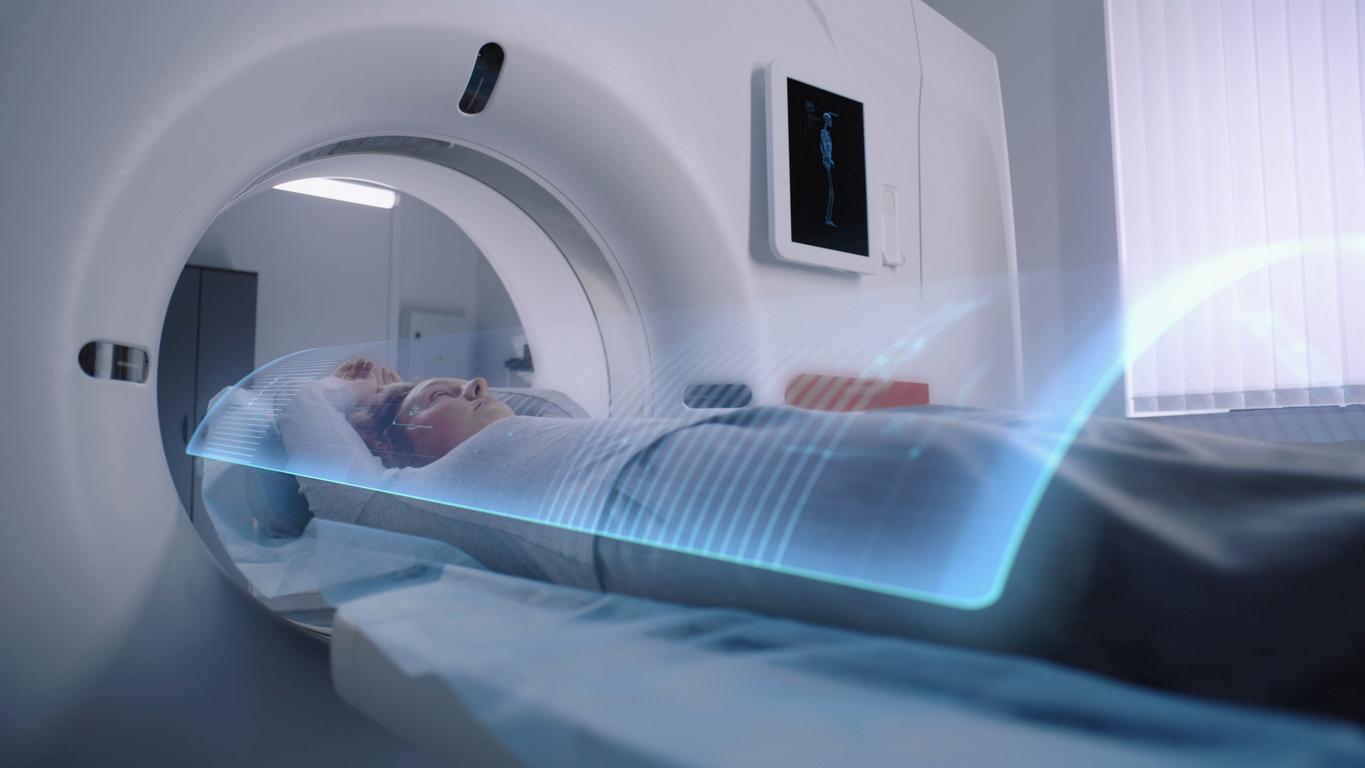The patients affected narcolepsy (or Gélineau’s disease) suddenly fall asleep at any time: working, driving, eating, talking… These falling asleep are often short (a few minutes), refreshing (waking up in shape) and associated with a dream activity.
Furthermore, narcoleptics have so-called cataplexy attacks : under the influence of an emotion or a burst of laughter (or of an orgasm, read our article), they are victims of sudden relaxations of muscle tone. These often affect only a few muscles, causing sagging of the neck, knees, inability to articulate a single word, dropping an object. But they can also be global and lead to a fall. It lasts from a fraction of a second to 1 or 2 minutes, and the patients remain conscious. Some only very rarely have these symptoms, others experience them daily.
As if all this were not enough, narcoleptics sleep badly at nightwith many awakeningsand body movements. When they fall asleep or wake up, they may have visual or auditory hallucinationsas well as sleep paralysis preventing them from moving.
Gélineau’s disease: causes still unclear
The causes of narcolepsy remain to be clarified. “One thing is certain: there is a strong genetic predisposition, even if the family forms are rare (1 to 2% of cases)” explains Professor Yves Dauvilliers, neurologist. There are also environmental factors. Thereby, vaccination against influenza A/H1N1 in 2009 (with the Pandemrix® vaccine) increased fivefold the risk of developing narcolepsy.
“It has been discovered that almost all narcoleptics lack an arousing protein, hypocretin (also called orexin), made in a tiny area of the brain: the neurons making it are destroyed via a poorly understood inflammatory autoimmune mechanism” adds the neurologist.
Diagnosis is confirmed by sleep recording, showing how fast you fall asleep. “We can also specify the genetic predisposition, and measure the levels of hypocretin in the cerebrospinal fluid”continues the specialist.
Narcolepsy: how to cure?
We do not know how to cure the disease. “But drugs allow you to be much more vigilant and lead an almost normal existence” specifies Professor Dauvilliers. “The drowsiness diurnal and sleep onsets are treated with molecules that stimulate the central nervous system and promote wakefulness, such as the modfinil in particular”.
This treatment, generally well tolerated even in the long term, greatly improves the quality of life.
At the same time, regular sleep schedulesif possible short preventive naps, are recommended. As for attacks of cataplexy, a specific drug, sodium oxybate, gives good results, as do some antidepressants. “More rarely, sodium oxybate can be given to improve sleep at night. New molecules are available or being tested for severe or resistant forms.”
Read also :
The ideal sleep time: neither too much nor too little!
Less sleep, more negative thoughts
Sleep disorders, a high financial cost

















